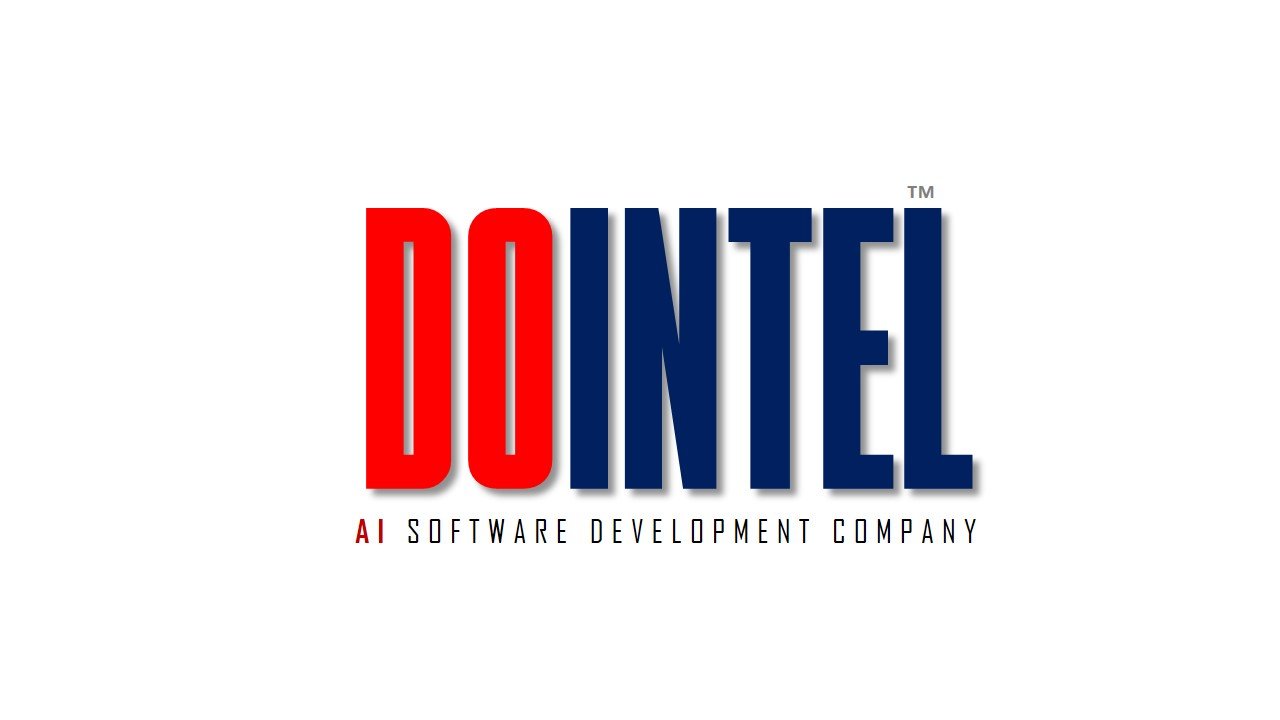Investment Opportunities
In an ever-evolving financial landscape, creating a future-ready portfolio is more crucial than ever. A portfolio designed for long-term growth and resilience must account for economic shifts, technological advancements, and global market trends. This guide explores the strategies and opportunities that can help investors build a portfolio capable of weathering uncertainty and maximizing returns.
The Importance of a Future-Ready Portfolio
The goal of a future-ready portfolio is not just wealth accumulation but wealth preservation and growth over time. With rapid changes in technology, climate considerations, and geopolitical dynamics, diversification and strategic allocation of assets have become essential. By investing in assets with strong growth potential and minimal risk exposure, investors can safeguard their financial future.
Key Attributes of a Future-Ready Portfolio:
- Diverse Asset Allocation: Spread investments across asset classes such as equities, bonds, real estate, commodities, and alternative investments.
- Technological Focus: Include companies or funds driving technological innovation.
- Global Reach: Invest in international markets to mitigate risks associated with a single economy.
- Sustainability and ESG (Environmental, Social, Governance): Focus on sustainable investments to align with global trends and ethical considerations.
- Flexibility: Regularly rebalance the portfolio to adapt to changing market conditions.
Emerging Investment Opportunities
1. Technology and Innovation
The tech sector offers unparalleled growth potential, driven by advancements in artificial intelligence, blockchain, and green technology. Companies leading innovation, such as those involved in renewable energy, electric vehicles, or fintech, present lucrative opportunities.
Key Sub-Sectors to Watch:
- Artificial Intelligence (AI): Companies developing AI tools and applications are transforming industries like healthcare, finance, and logistics.
- Green Technology: Investments in solar, wind, and sustainable energy solutions.
- Fintech: Startups and firms revolutionizing banking and financial services.
2. Real Estate: Beyond Traditional Markets
Real estate remains a cornerstone of many portfolios, but diversification within this sector is essential. International properties, REITs (Real Estate Investment Trusts), and niche markets such as co-living spaces and industrial real estate are becoming increasingly attractive.
Notable Trends:
- Growth in suburban and secondary cities due to remote work.
- Demand for logistics and warehousing facilities due to e-commerce expansion.
3. Sustainable and ESG Investments
Investing in companies with strong ESG credentials aligns financial goals with personal values. ESG funds have consistently outperformed traditional funds, attracting substantial capital from institutional and retail investors.
Examples of ESG Opportunities:
- Renewable energy projects.
- Companies committed to reducing carbon footprints.
- Socially responsible corporations prioritizing diversity and inclusion.
4. Cryptocurrencies and Blockchain
Digital assets like Bitcoin, Ethereum, and other cryptocurrencies have gained traction as alternative investment vehicles. Blockchain technology also offers opportunities in decentralized finance (DeFi) and non-fungible tokens (NFTs).
Cautionary Note: Cryptocurrencies are highly volatile. Allocating a small portion of the portfolio to digital assets can help balance risk and reward.
5. Global Markets and Emerging Economies
Investing in emerging markets such as India, Brazil, and Southeast Asia provides access to high-growth economies. These regions often have young populations, increasing consumer demand, and improving infrastructure.
Key Sectors in Emerging Markets:
- Consumer goods.
- Infrastructure and construction.
- Technology and telecommunications.
6. Alternative Investments
Alternative assets like private equity, hedge funds, commodities, and collectibles (art, wine, rare coins) offer diversification and uncorrelated returns.
Examples:
- Gold and silver as a hedge against inflation.
- Rare and high-quality art pieces for long-term value appreciation.
Steps to Building a Future-Ready Portfolio
1. Assess Your Financial Goals
Understanding your objectives—whether retirement savings, wealth preservation, or growth—sets the foundation for portfolio creation.
2. Diversify Strategically
Allocate investments across various asset classes and sectors to mitigate risks and capitalize on growth opportunities.
3. Leverage Technology
Use robo-advisors and AI-powered tools for portfolio management. These platforms offer tailored recommendations based on risk appetite and financial goals.
4. Stay Informed
Keep track of global economic trends, regulatory changes, and technological advancements. Regularly review investment performance and rebalance as necessary.
5. Seek Professional Advice
Working with a financial advisor can provide valuable insights and personalized strategies, especially for complex portfolios.
Challenges in Building a Future-Ready Portfolio
- Market Volatility: Uncertainty in global markets requires a focus on resilience and diversification.
- Technological Disruption: Rapid advancements may render certain investments obsolete.
- Regulatory Risks: New laws and policies can impact investment returns, especially in emerging markets.
- Economic Cycles: Understanding when to shift strategies based on market phases is critical.
Frequently Asked Questions (FAQs)
1. What is a future-ready portfolio?
A future-ready portfolio is designed to adapt to evolving market conditions and leverage emerging trends for long-term growth. It typically includes a mix of traditional and alternative investments with an emphasis on diversification and sustainability.
2. How much of my portfolio should be allocated to emerging markets?
The allocation depends on your risk tolerance and investment goals. Generally, experts recommend 10-20% of your portfolio in emerging markets to balance growth potential and risk.
3. Are cryptocurrencies a safe investment for a future-ready portfolio?
Cryptocurrencies can be part of a future-ready portfolio, but they are highly volatile and speculative. It’s advisable to limit exposure to 5-10% of the total portfolio and focus on established digital assets like Bitcoin or Ethereum.
Conclusion
Building a future-ready portfolio is an ongoing process that requires careful planning, adaptability, and informed decision-making. By leveraging technological advancements, focusing on diversification, and staying attuned to global trends, investors can position themselves for long-term success. Whether you’re a seasoned investor or just starting, the time to prepare for the future is now.








Add a Comment